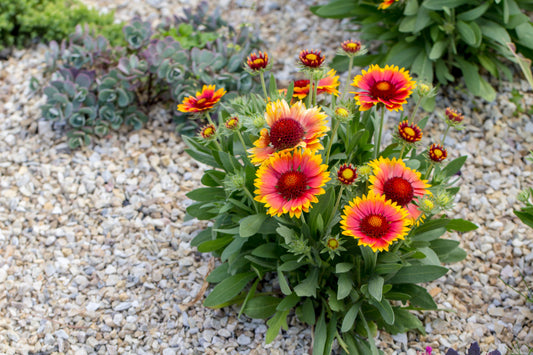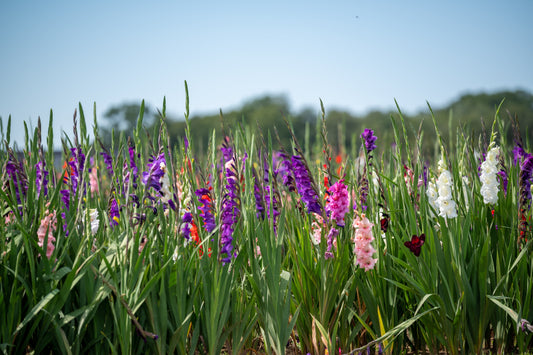Fig Planting & Growing Guide
Planting Guide Information
-
Pre-PottedPlanting Depth
-
6 - 15 ft Apart; See specific product informationPlanting Proximity
-
Spring to SummerPlanting Season
-
Plentiful fruit!Plant Benefits
-
ModerateWater Quantity
-
N/A; Grown for foliage/fruitBloom Season
-
Full to Partial SunSunlight Quantity
-
Chicago Hardy Fig:Hardiness Zones
Zones 5-11;
Fig 'Negronne':
Zones 7-10
Additional Growing Information
Where to Plant
Fig Trees thrive in full sun to partial shade and produce the sweetest fruit when given more direct sunlight. However, if you're gardening in a region where scorching summers are typical, then a bit of afternoon shade will help protect the fruits' skin from burning. These trees thrive in both garden beds and containers and are remarkably tolerant of a wide variety of soils as long as there is good drainage.
When to Plant
Fig Trees should be planted when they are dormant, with spring generally being the best time. However, in warmer regions where hard freezes are uncommon, they may be planted in late fall or early winter. Fruit will develop on old wood in early summer and on new growth branches in early fall, giving you a super long time to enjoy your fig harvest.
How to Plant
- For outdoor landscape planting, find a location where your Fig will receive full sun to partial shade, keeping in mind that they develop sweeter fruit in brighter light and allowing enough space for the mature size of the tree.
- For container planting, select a 10 gallon or larger container with multiple drainage holes and fill it with good quality, well-drained potting mix.
- Plant your Fig Tree in the garden bed or container at the same soil depth as it was growing in its container in a hole twice the width of the container.
- Water thoroughly after planting to settle the soil around the roots without letting your plant sit in a puddle.
How to Grow
- Water deeply every couple of weeks to encourage root growth, but never let your tree sit in standing water.
- Add a light mulch to the surrounding soil about 1" away from the trunk to help maintain an even moisture level throughout the first year. Doing so will also keep competing weeds at bay.
- Apply a fruit tree fertilizer lightly in the spring and summer.
- Lighten up on water as the growth begins to slow down during the late autumn, and for trees growing outside in zones 5–7, provide a thick organic mulch.
- Pinch back and discard the first baby figs to develop in the first season for optimal fruiting. Doing so will result in heavier fruiting for years to come, with up to 100 pints of figs from a single tree!
Chicago Hardy Fig Tips & Tricks
- Avoid leaving your Fig Tree outdoors over the winter in zones 6B and below. In colder climates, bring the potted tree indoors before the first hard frost.
- Be mindful not to overwater or overfeed your Fig Tree as the quantity and quality of the fruit will suffer from excess water or fertilizer.
- Expect the top growth to die back in severe winters, with new growth emerging in the spring. Figs bear on both old and new wood.
- Harvest when the fruit's skin turns dark purple and the stem sags slightly.
From the Family
-
Fig - Chicago Hardy Starter Tree 2 Pack
2 Plants in Quart PotsRegular price $19.98Sale price $19.98 Regular priceUnit price per$49.95Sold out




